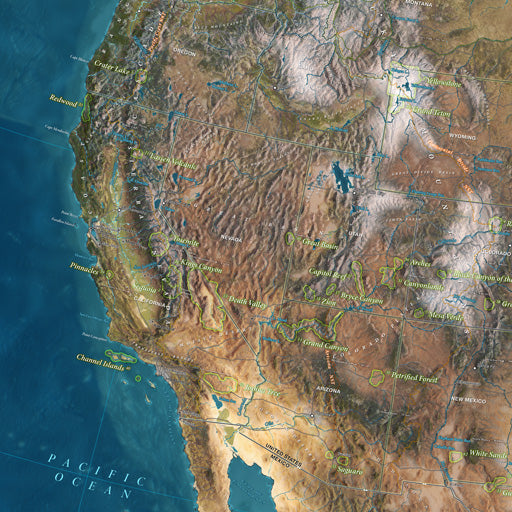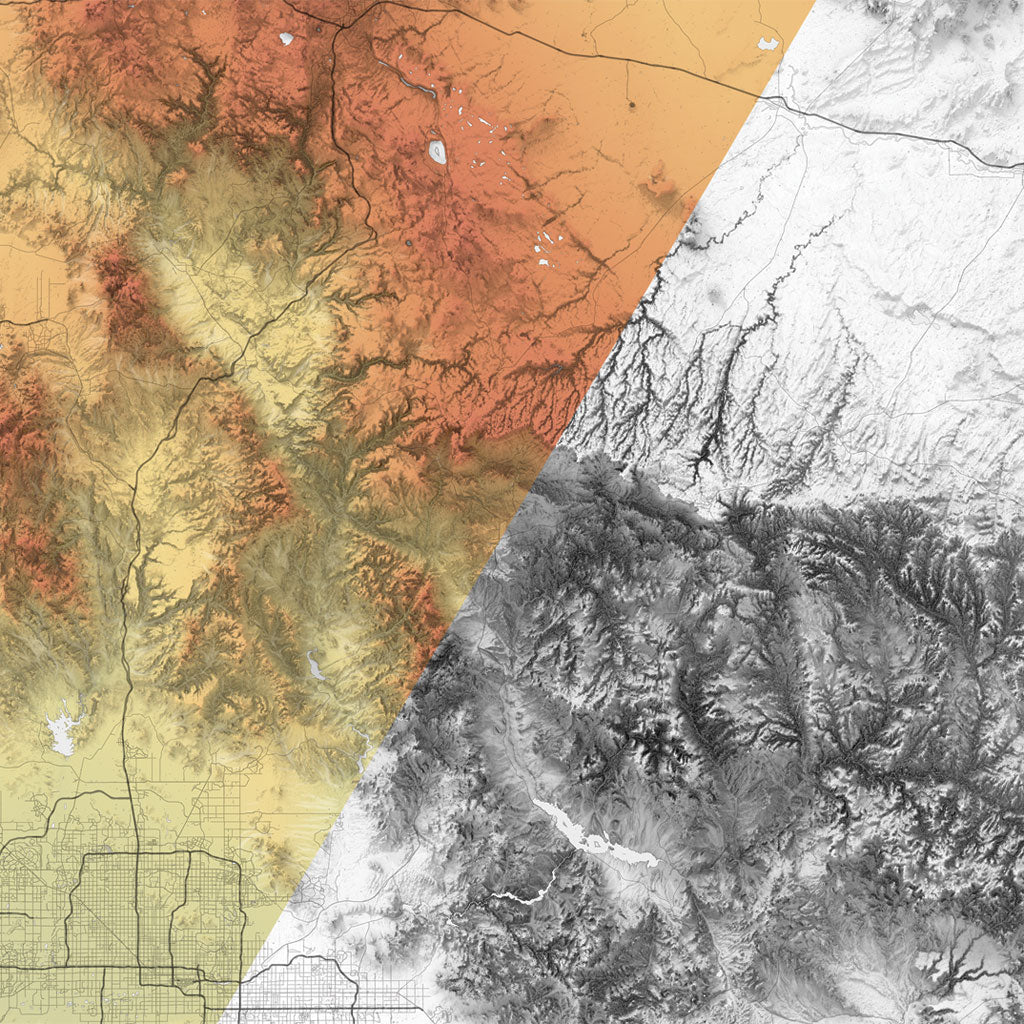The World in 1939: A Year of Tensions and Turmoil
The year 1939 was a pivotal moment in world history, marked by tensions, conflicts, and significant events that would shape the course of the 20th century. From the outbreak of World War II to the spread of authoritarian regimes and the beginning of important cultural movements, 1939 was a year that left an indelible mark on the world. In this exploration of the history of the world in 1939, we delve into the key events and trends that defined this tumultuous year.
The Outbreak of World War II:
One of the most defining and catastrophic events of 1939 was the outbreak of World War II. On September 1, 1939, Nazi Germany, led by Adolf Hitler, invaded Poland. This invasion triggered a swift response from Britain and France, who had signed mutual defense pacts with Poland. On September 3, 1939, Britain and France declared war on Germany, marking the official beginning of World War II.
The invasion of Poland by Nazi Germany was a flagrant violation of international agreements and norms, and it exposed the limitations of appeasement policies that had failed to prevent the rise of aggressive totalitarian regimes in Europe. The war would go on to involve much of the world and result in immense suffering and destruction.
The Phoney War:
The initial phase of World War II, often referred to as the "Phoney War" or "Sitzkrieg" (sitting war), was characterized by a lack of major military offensives in Western Europe. Despite the declarations of war, there was relatively little fighting on the Western Front during the fall and early winter of 1939-1940. Both the Allies (Britain and France) and the Axis (Germany) seemed to be waiting for the other side to make the first move.
This period of relative inactivity allowed for military preparations, and both sides were gearing up for what would become a massive and brutal conflict.
The Molotov-Ribbentrop Pact:
One of the most significant diplomatic developments of 1939 was the signing of the Molotov-Ribbentrop Pact, also known as the Nazi-Soviet Pact. On August 23, 1939, Nazi Germany and the Soviet Union, led by Joseph Stalin, signed this non-aggression treaty, which included a secret protocol dividing Eastern Europe into spheres of influence.
The pact shocked the world as it brought together two ideologically opposed regimes, and it paved the way for the subsequent invasion and division of Poland. This alliance of convenience allowed Hitler to launch his invasion of Poland without fearing Soviet intervention.
The Fall of Poland:
Poland, caught between the military might of Nazi Germany and the Soviet Union, faced a grim fate in 1939. On September 17, 1939, just weeks after the German invasion, the Soviet Union launched its own attack on Poland from the east, in accordance with the Molotov-Ribbentrop Pact. Poland's defenses crumbled, and the country was divided between the two aggressors, marking the beginning of a brutal occupation that would last for years.
The fall of Poland marked a significant turning point in World War II, demonstrating the ruthlessness of Nazi expansionism and the effectiveness of Blitzkrieg tactics.
The Spanish Civil War Ends:
In 1939, the Spanish Civil War, which had raged since 1936, came to a close. The conflict had pitted the Republican government, supported by leftist and international brigades, against General Francisco Franco's Nationalist forces, which received assistance from Nazi Germany and Fascist Italy.
Franco's Nationalists emerged victorious in March 1939, and Franco would go on to establish a totalitarian regime in Spain that lasted for decades. The Spanish Civil War had been a precursor to larger global conflicts, as it served as a testing ground for new military strategies and ideologies.
The Rise of Authoritarianism:
1939 was a year when authoritarian regimes were firmly in control in several countries. In addition to Nazi Germany, Italy under Benito Mussolini and Japan under Emperor Hirohito had already established authoritarian governments. These regimes aggressively pursued expansionist agendas and imperial ambitions, setting the stage for broader conflicts.
In the case of the Soviet Union, the year 1939 marked the height of Stalin's rule, with the Great Purge of the 1930s largely complete. The Soviet government was firmly in control, but the specter of the Stalinist purges continued to cast a long shadow.
The Beginnings of Cultural Movements:
Despite the backdrop of war and political turmoil, 1939 also saw the emergence of important cultural movements and milestones. In literature, George Orwell's "Coming Up for Air" and John Steinbeck's "The Grapes of Wrath" were published, addressing themes of societal upheaval and the human condition.
In cinema, "Gone with the Wind," directed by Victor Fleming, premiered in December 1939. The film became a cultural sensation and remains a classic of American cinema.
The World's Fair in New York:
One of the more optimistic events of 1939 was the New York World's Fair, which celebrated the "World of Tomorrow." The fair showcased technological innovations and utopian visions of the future, with exhibits that included the debut of television and the introduction of the Ford Motor Company's "Futurama" ride.
The fair offered a glimpse of hope and progress at a time when the world was being plunged into darkness by the outbreak of war.
Conclusion:
1939 was a year of profound historical significance, marked by the outbreak of World War II, the rise of authoritarian regimes, and the beginning of a decade defined by global conflict and upheaval. The events of this year continue to shape our understanding of the 20th century, serving as a reminder of the complex and often tumultuous forces that shaped the world during this period.
























